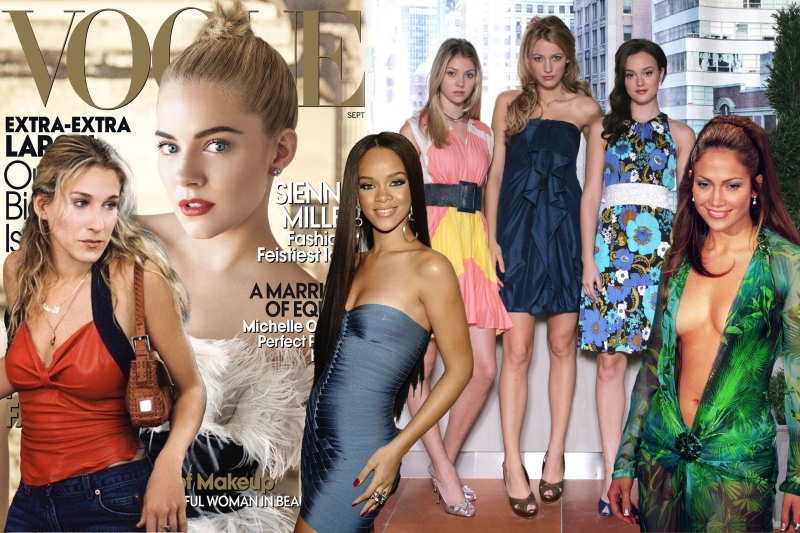Contents
If one moment sums up early 2000s fashion, it was February 2000: Jennifer Lopez wore a chiffon Versace dress to the 42nd Grammy Awards and the world was never the same. With a neckline that plunged all the way below her belly-button, the world was in a tizzy—but how did it stay on? And what did it look like from the side? Everyone wanted to see the dress! So much so that it inspired the idea of Google Image Search. And so began a decade of digital fashion consumption.
Dubbed the aughts and the naughts (the former used in the US, the latter in the UK), the decade was ruled by celebrity—a proliferation of reality TV, blogs filled with paparazzi shots, and 2006’s Twitter which gave fans a front row seat into the lives and musings of their favorite celebrities. Oftentimes, with no publicist’s intervention.
Regarding mainstream fashion, it was a decade of taste so bad, it was almost good—almost. Think Justin Timberlake and Britney Spears in matching denim gettups, Juicy Couture sweatsuits galore, Von Dutch trucker hats, Ed Hardy tattoo tees.
On the runways, logo-mania ruled and designers sexed it up with Tom Ford, Donatella Versace, Roberto Cavalli, and Hervé Léger infusing heady doses of sultry into their collections. A whirlwind look back at the in-your-face trends of early 2000s fashion, below.
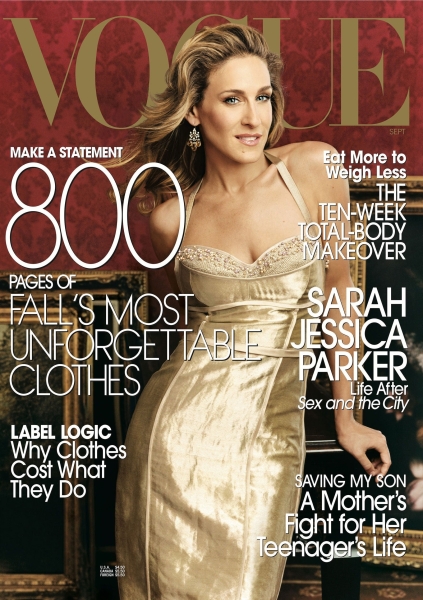

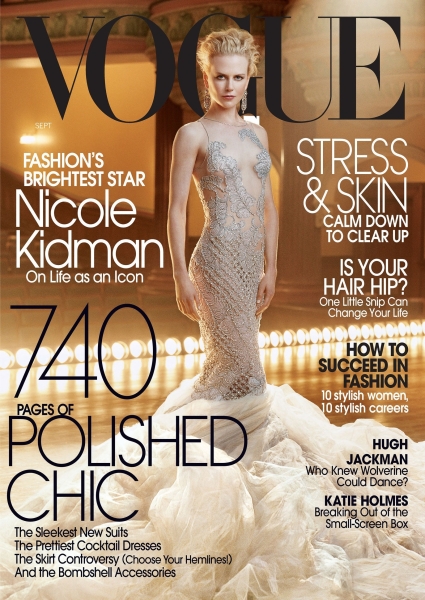
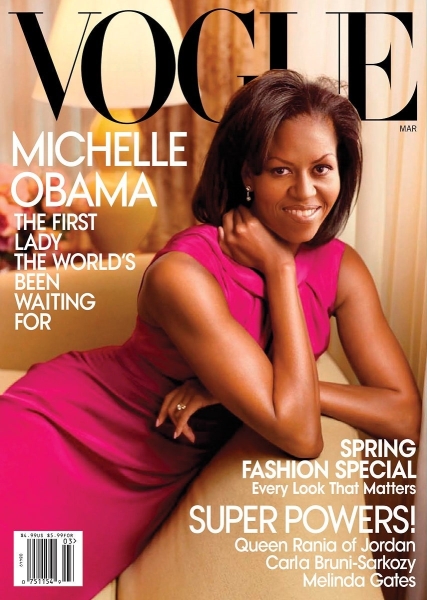
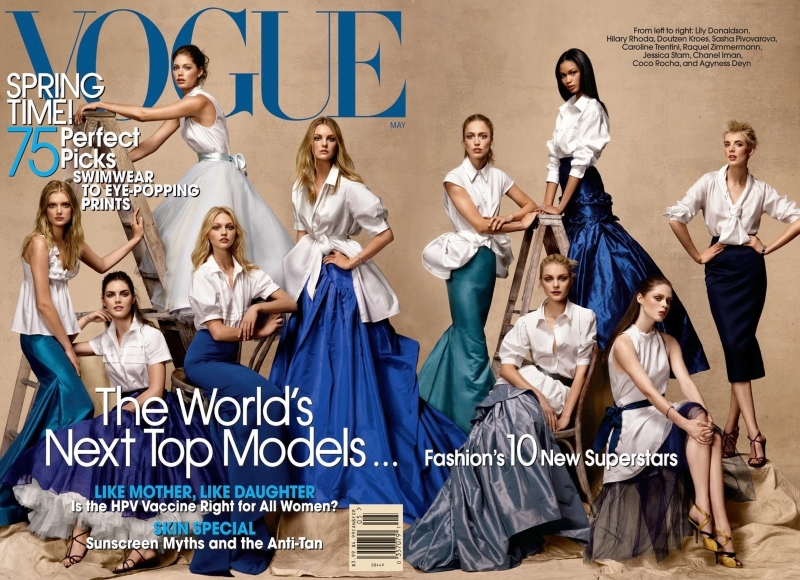
Women’s Trends of the 2000s
Introducing the It Bag: The Purse Becomes Icon
If eyes are the window to the soul, by the time the 2000s rolled around, so too were handbags. Thanks, in part, to a certain Ms. Carrie Bradshaw, bags became the focal point of an outfit. After the launch of Fendi’s Baguette in 1997 (as fashion lore goes, the bag, designed by Silvia Venturini Fendi, was initially unpopular among the Fendi design team, who feared the bag had too much personality during a minimalist fashion era), it sky-rocketed to handbag stardom and is often considered fashion’s first It bag. Bradshaw, of course, famously carried multiple iterations of the Baguette throughout Sex and the City’s fabulous six-season run.
In the 2000s, each brand had a white-hot bag (or two) that fashion folk clamored to carry. As mentioned, Fendi had its carb-inspired Baguette; Balenciaga had its slouchy Motorcycle City Bag which was introduced in 2001 by then creative director Nicolas Ghesquière; Chloé had its boho Paddington bag which was introduced by then-creative director Phoebe Philo in 2005; Galliano debuted the Saddle bag at Dior’s spring/summer 2000 show. And over at Louis Vuitton, Marc Jacobs was cranking out It bag after It bag with clever collaborations; artists were invited to make intervene with Vuitton’s storied monogram—in 2001 was Stephen Sprouse’s graffiti collection, in 2003 was Takashi Murakami’s smiley flowery and cherry collections. These bags were not to go unnoticed—statement-making, eye-catching, and the center of attention!
In 2002, Sarah Mower charted the rise of the It bag in Vogue’s October issue: “In about 1993, fashionettes everywhere wanted the identical item at the same time (a Kate Spade shopper, a sporty Prada knapsack). Then came the great Baguette hunt for exotic hide and fabric varieties (a standard shape, but now in individualistic surface patterns). Before long, thanks to Gucci, Prada, Fendi, Dior, we were buying entire bag wardrobes, toting them as up-to- the-split-second status trophies.”
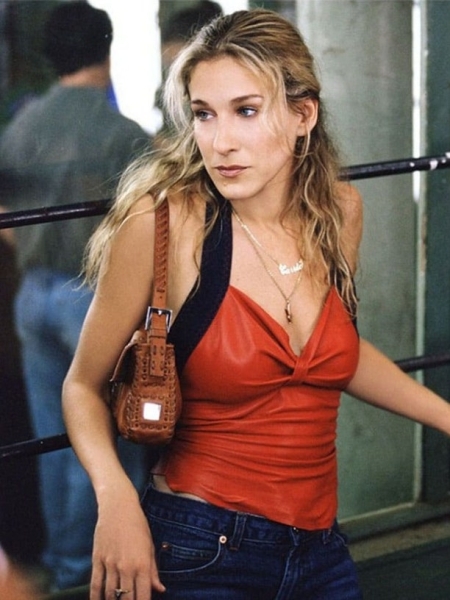
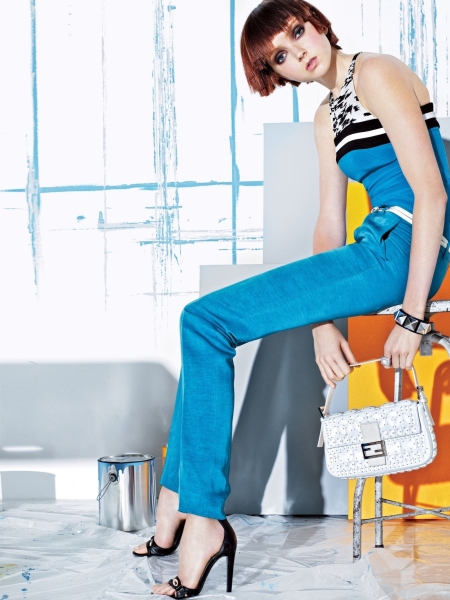
Logo-mania: Here Come the Logos!
“Fashion is pushing its love affair with logos to the limit. If you’ve got it, flaunt it!” wrote Vogue in its March 2000 issue.
All the aforementioned It bags were typically brandished with a logo—but that didn’t stop there! Dior’s bikinis featured their Oblique monogram; Burberry checked just about every object that could be checked; Gucci’s double Gs festooned belt buckles, and Marc Jacobs even painted his naked body with the neon-pink Louis Vuitton logos inspired by LV’s collab with Stephen Sprouse in 2008 for and ad campaign. If early 2000s fashion had a square inch to spare, it was filled with an alphabet city of letters.
Tongue-in-cheek nods to this super trends were made; in the brilliant March 2000 editorial “Branded” for Vogue, Helmut Newton took model Angela Lindvall and decorated her string bikini-clad body with a smattering for logos belonging to all the mega fashion houses—a mish-mash of monograms and icons where Chanel’s double Cs intermingled with Fendi’s double Fs to create a nonsense of logos. And Dapper Dan, all the way back in the late 1980s, was cutting up Gucci garment bags and transforming them into jackets in a brilliant reclamation of luxury.
All this emphasis on the bag you carried spawned a growing market of counterfeit bags and with it, a new industry of authenticators. Vogue’s May, 2001 introduced the issue: “Imitation is the sincerest form of flattery, not the chicest. When you've dished out big bucks for the latest leather logo bag but suspect it's a fake, who ya gonna call? David Colman meets fashion's new crime fighters: the Authenticators.”
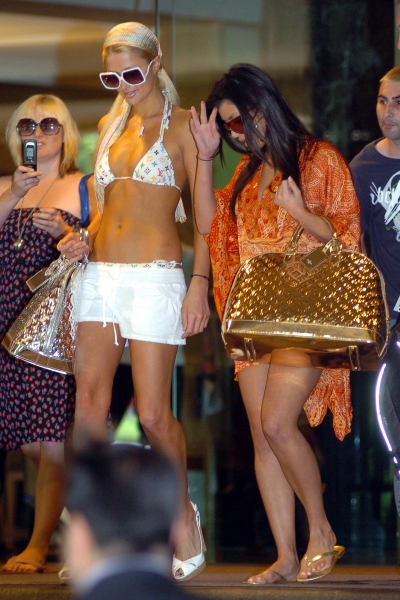
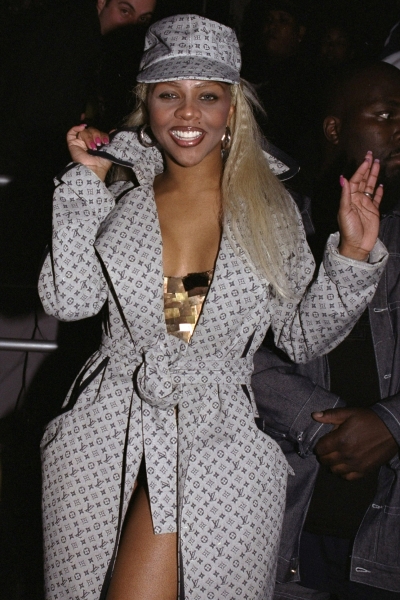
The Rise of Low-Rise: How Low Could They Go?
We can thank (or point the finger) at Alexander McQueen for the low-rise trend. Though it reached its zenith in the aughts, the designer debuted tail-bone revealing "bumster" trousers in his 1993 Taxi Driver collection—his first collection after graduating from Central Saint Martins—and notably again in his 1995 spring/summer collection.
After five-or-so years later, the trend had gone full-on mainstream (in 2001, even Levi’s introduced a “Superlow” jean silhouette); it was the default rise of all jeans and pants. Notable proponent of the belly-baring trend was Britney Spears.
The low-rise trend also coincided with the rise of jeans for any occasion. Though it was the 1970s that gave us designer denim, brands continued to offer denim—bedazzled with diamatés, distressed to smithereens, painted with floral motifs.
“Designer jeans: Can we count the ways we adore them now? They're rocking. Posing and pirouetting. Diving off into a zillion cuts, rinses, and textures, while simultaneously gate-crashing into un- heard-of echelons of society. Jeans can be street, ladylike, dressed up, dressed down. They're cool for everyday. They do black-tie. They're fantasy and reality,” wrote Sarah Mower in Vogue’s September, 2001 issue.
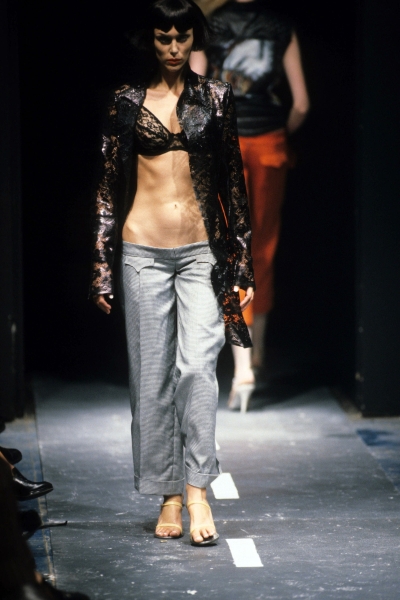
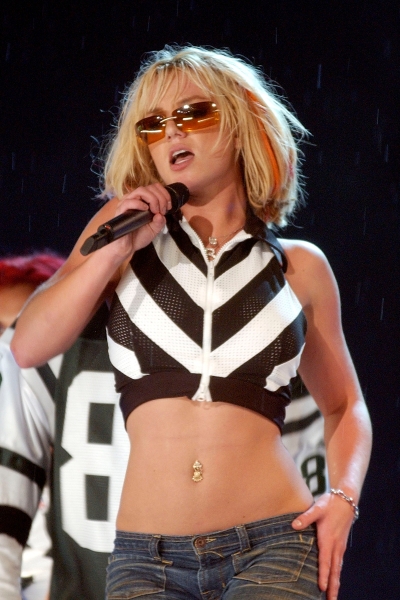
The Boho Look: Starlets Layered Up
Twin forces helped to craft a new trend by the mid-decade. Stateside, it was Mary-Kate and Ashley Olsen, retired from their teenie-bopper flicks (their last, New York Minute in 2004), the pair was busy crafting a new, unique look that spawned dozens of copycats. Over in the UK, Sienna Miller was making waves for her take on boho—more festival chic, fewer layers.
The sum of the look was greater than its parts—fashionably speaking. It was a movement more to do with styling than individual pieces. Peasant dresses over puddle jeans layered with a bolero, a functionless belt (preferably perforated) and a skinny scarf spun with metallic threads for flair.
In addition to the Olsens and Miller, there were Kate Moss, Mischa Barton, Nicole Richie, and more famous adopters. It’s said the force of this look (operating behind the curtain like Oz) was not a fashion designer (though Phoebe Philo did send out superfluous spaghetti-thin scarves for Chloé’s spring/summer 2005 collection) but the LA-based stylist Rachel Zoe.

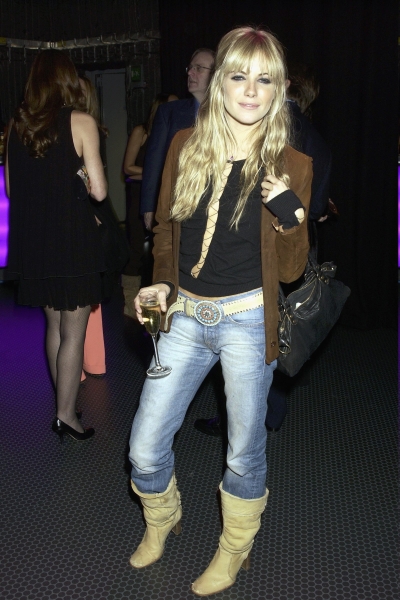
The Bodycon Dress: The Galaxy and The Bandage
Though the decade was dominated by denim and It bags, there was room for a few trends born on the runway—especially for women needing something more sophisticated than denim and boho. Enter: the bodycon dress.
At his Spring 2006 collection, Roland Mouret debuted his Galaxy dress and without the help of TikTok or Instagram—this was pre-social-media, after all—the look went viral.
“You hadn't been able to open a newspaper or magazine without seeing another young Hollywood A-lister wearing that hot-damn curvy dress: Scarlett Johansson, Cameron Diaz, Rachel Weisz, Keira Knightley, Nicole Kidman—so many, it was verging on a joke… wrote Mower in Vogue’s October 2007 issue. “You put it on, and you looked like an icon,” added the designer.
With as many colors as a book of Pantonne swatches, the dress came in a double wool crepe that gripped the body like a second skin. The silhouette was below or at the knee, waist-cinching, with a square neckline and sculptural cap-sleeves. Like the jeans in the Sisterhood of the Traveling Pants, it was universally flattering.
Mouret wasn’t the only designer delivering body-con dresses. At this time, Hervé Léger (which, in April 2007, had been relaunched by Max Azria) was binding women up like metropolitain-chic mummies in his bandage dresses. No red carpet was complete without at least one bandage dress.
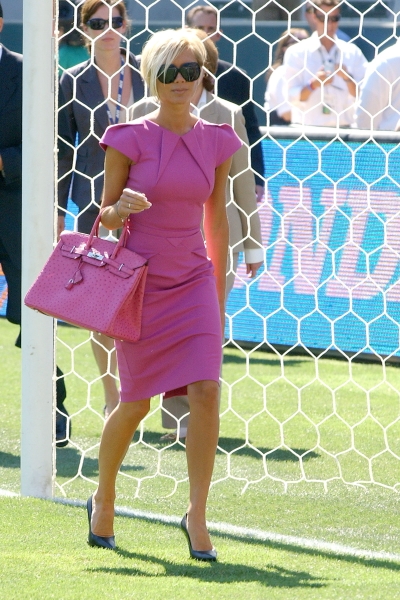
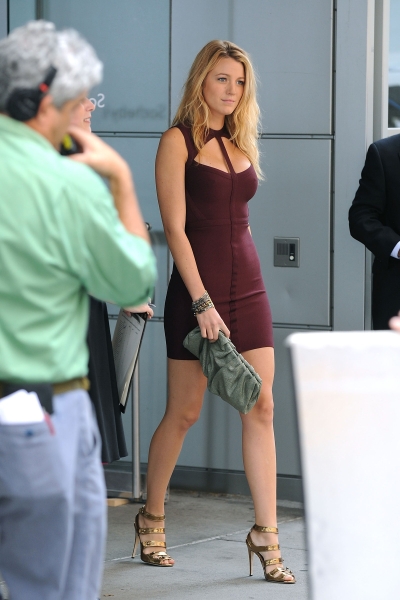
Paparazzi-Chic: Sidewalk Becomes Catwalk
In the aughts, the magazines (and tabloids) were still the predominant form of fashion news, along with budding blogs and e-news sites. All of these were filled with snaps of celebs circulating in the starry constellations of Hollywood. Paris Hilton and her Simple Life co-star Nicole Richie were frequent tabloid fodder; so too was Britney Spears, Cameron Diaz, Lindsey Lohan, and newcomer on the block, Kim Kardashian.
These off-duty looks produced head-scratching trends adopted by the masses. Juicy Couture velour tracksuits with script on the derrieres, ragged-edged miniskirts paired with Ugg boots, and baby tees emblazoned with words like “Angel.” Pageboy caps, It bags, and a Starbucks Frappuccino finished off the look.

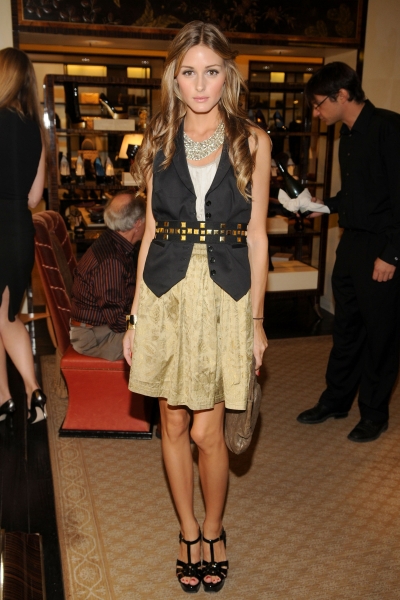
Top Designers of the 2000s
Chloé, Hervé Léger, Roland Mouret, Balenciaga, Burberry, Yves Saint Laurent, Juicy Couture, Marc Jacobs, Versace, Prada, Miu Miu, Dolce & Gabbana, Alexander McQueen, Calvin Klein, Fendi, Tom Ford, Gucci, Martin Margiela, Dries Van Noten, Vivienne Westwood, Comme des Garçons’ Rei Kawakubo, Yohji Yamamoto, John Galliano, Chanel, Oscar de la Renta, Kenzo, Giorgio Armani, Valentino, Michael Kors, Moschino, Alaïa, Lanvin, Roberto Cavalli, Stella McCartney, Viktor & Rolf, Pucci, Gareth Pugh, Christopher Kane, Rodarte, Phillip Lim, Jason Wu, Jimmy Choo, Christian Louboutin, Nina Ricci, Raf Simmons, Isabel Toledo
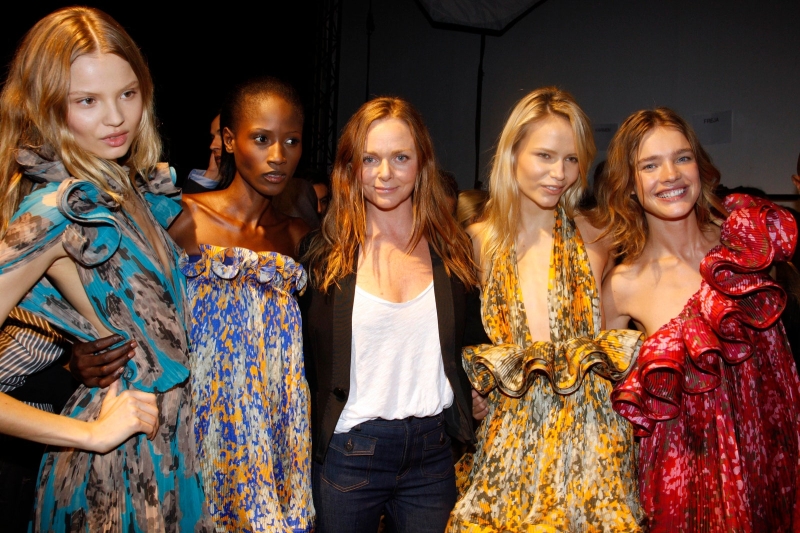
Men’s Trends of the 2000s
The top of the decade was dominated by the stage-looks of boy bands—frosted trips and leather jackets with a metallic sheen. For teenagers, Abercrombie & Fitch’s elitist Americana prep ruled; the more polos, the better. Hip-hop and the styles worn in music videos on MTV were chock-full of fashion like Air Jordans, iced-out chains, and baggy jerseys.
By the mid-decade, a new look was taking hold thanks to the runways of Dior Homme, who appointed Tunisian-Italian designer Hedi Slimane as creative director. For Dior, Slimane churned out ultra skinny-pants, ties, and jackets inspired by rockers with waifish frames like Pete Doherty. If Kate Moss’s arrival in the 1990s signaled the heroine-chic-era for women, Slimane passed the baton onto menswear in the 2000s. It was a look that carried over into the early 2010s and since dubbed Indie-Sleaze. A crop of garage rock and post-punk bands (The Strokes, The Killers, The Libertines) epitomized the look.
For men who didn’t dabble in the mall-based or music video-inspired trends of the aughts, the tailoring of Giorgio Armani remained the height of fashion.
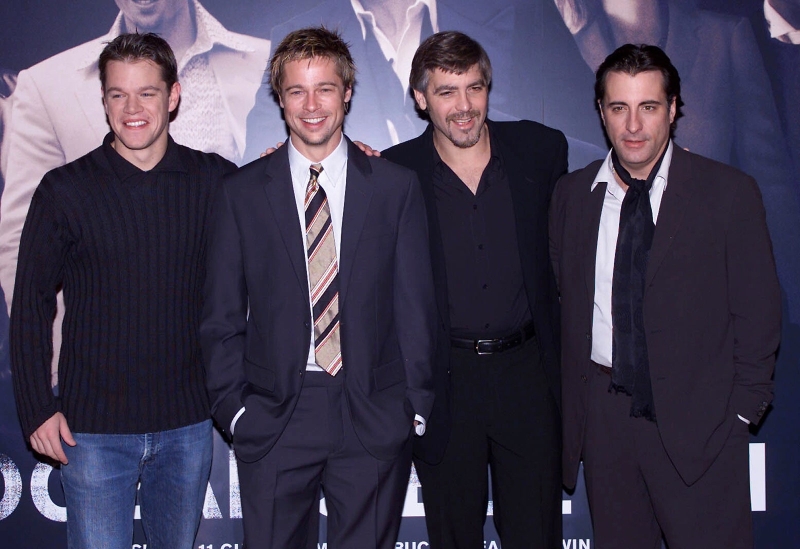
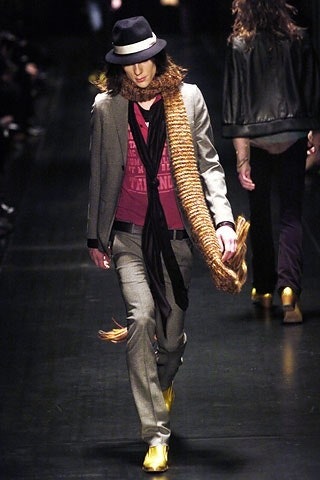
In the Culture
The decade started off with the 9/11 terrorist attack which left the world reeling. It ended on an optimistic note with the arrival of Barack Obama as the 44th president of the United States—and when his wife Michelle Obama stepped out at the inauguration gala in a white Jason Wu dress, she launched the young designer into the spotlight. In 2001, Apple changed the game with the introduction of the iPod and then six years later, on June 29, 2007, Apple released its first generation iPhone, making a leap in technology with the first smartphone.
The decade also saw the rise of reality TV: Survivor aired in 2000, America’s Next Top Model in 2003, and Keeping Up with the Kardashians arrived in 2007.
The first Harry Potter film arrived in 2001, Twitter launched in 2006, and that same year, the world got its first Taylor Swift album. In 2007, the first episode of Gossip Girl aired and in Beyoncé and Jay-Z tied the knot in 2008.


